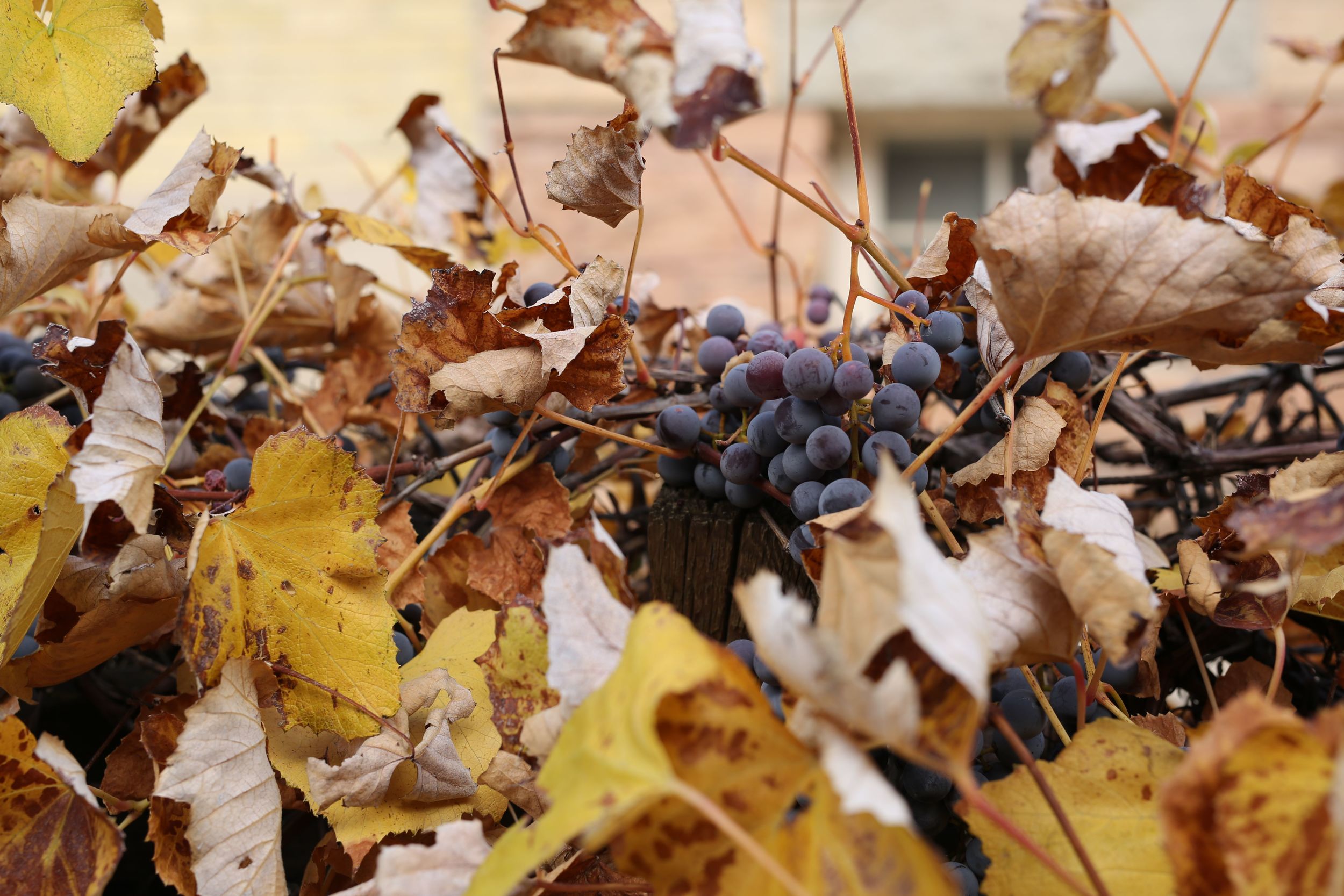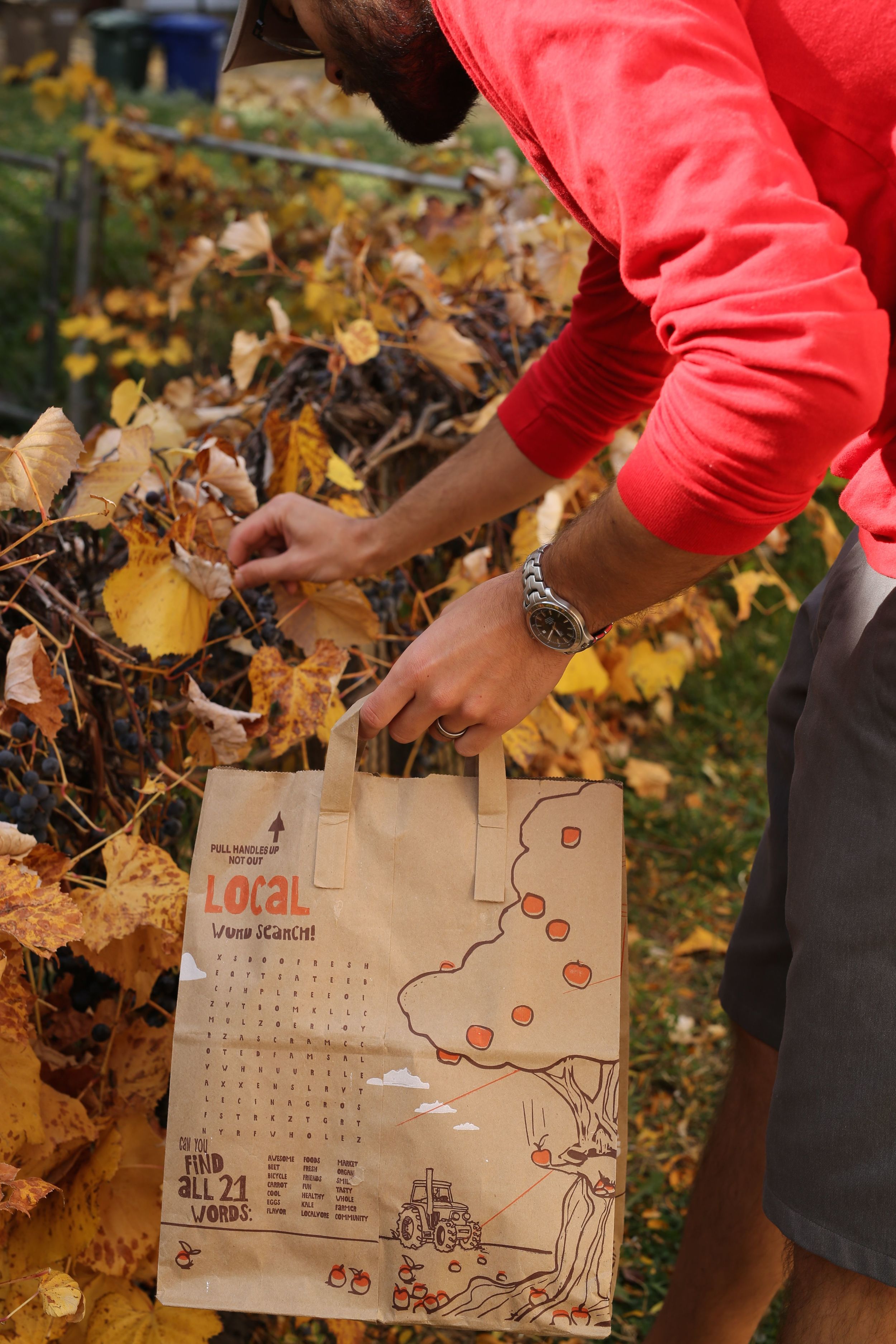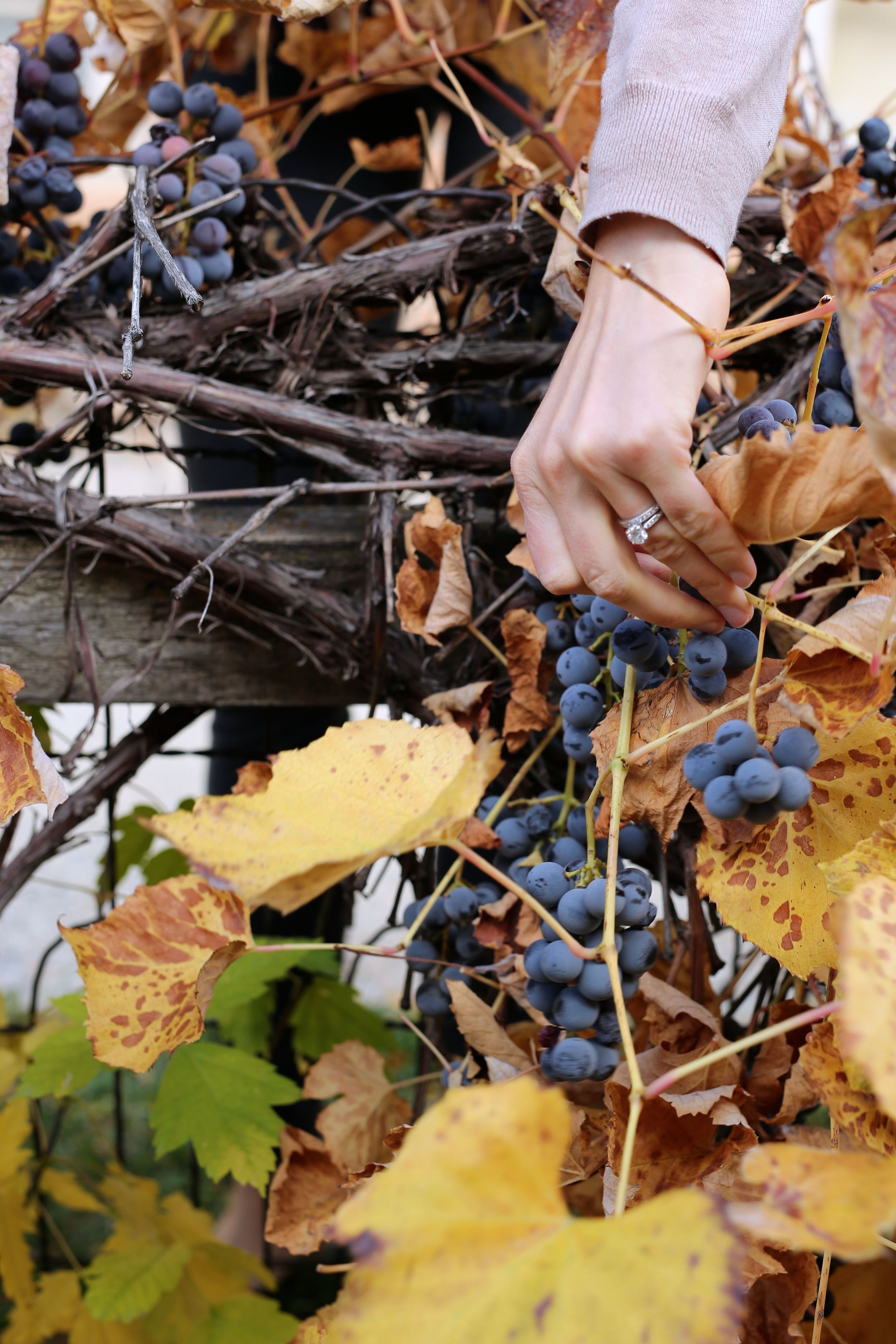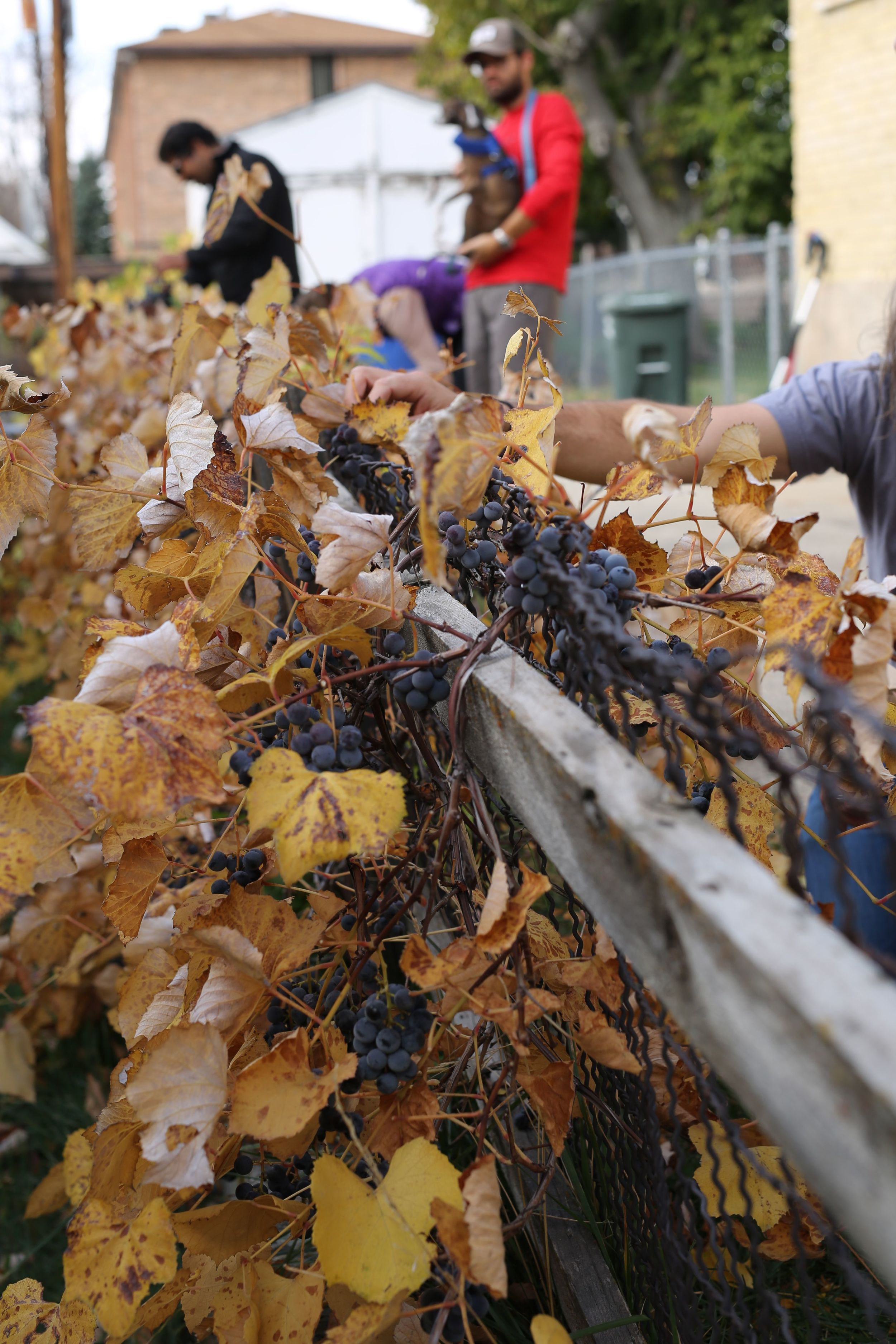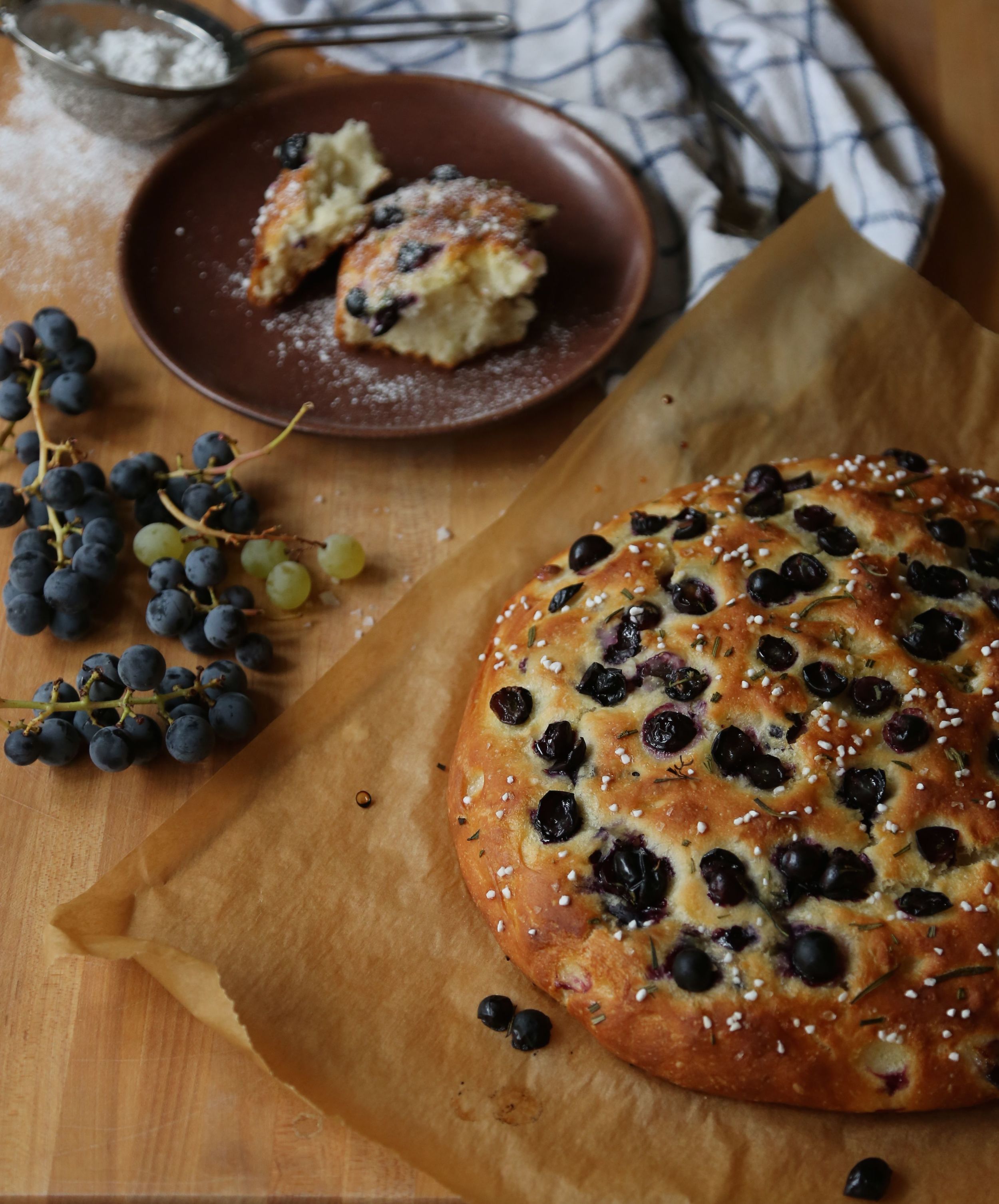I can understand if you think we're all about the pancakes and bread and cookies and rolls in this house. (I'm looking at the past few weeks of posts myself and thinking, phoo, that's a lot of carbs!) That's actually not the case, and I fully intended to give you a vegetable-rich dish this week, but I'm willing to risk a bread-heavy reputation in order to get you these rolls in time for Thanksgiving.
Easie's refrigerator roll recipe was gifted to my mom by a very generous friend, and they have since become the stuff of legend among members of our family. They have been present at Thanksgiving every year for at least the past decade. They are what I think of when I hear the word "cakebread;" the shortening and sugar make them tender and sweet, and they are light enough that you can eat 3 of them and still feel confident in your stomach's capacity for pie (and believe me, you will eat 3 of them). If you are curious about the shortening, I tried making them with butter and ended up with a tasty, but somewhat denser result. So I would like to play a devil's advocate card and encourage you to use shortening if possible, especially if you're like us and will only make this recipe once a year.
If you defy the laws of the universe and end up with leftover rolls, send them to me (!!!) or enjoy them with butter and jam for the next morning's breakfast.
Easie's Refrigerator Rolls
Adapted from Tre's recipe - Makes 60 small rolls (cut with a 1 1/2 inch biscuit cutter)
A few dough-rising notes: the time the dough spends in the fridge makes it rise VERY slowly. You may be confused or concerned in the apparent lack of yeast activity, and you're not alone. As long as you know the yeast was alive after you added it to the milk, sugar, and flour (i.e. you saw it bubble up after a couple of hours), you should be in a good place with the dough. Give yourself enough time to let the dough rise the day of your Thanksgiving dinner by taking it out of the fridge when you wake up in the morning. It can hang out for a few hours while you prep other dishes before it needs to be rolled out and cut.
2 cups milk
1/2 cup sugar
1/2 cup Crisco
1 package active dry yeast (2 1/2 teaspoons)
About 6 cups flour
1 teaspoon salt
1 heaping teaspoon baking powder
1/2 teaspoon baking soda
In a saucepan over medium-low heat, gently heat milk, sugar and Crisco just until Crisco melts, stirring occasionally. Set aside to cool to 105-110 degrees F (if you don't have a thermometer, cool until it is barely warmer than room temperature). Once cooled, add 1 package yeast to the mixture and stir to dissolve. Add enough flour to make a thick batter (about 2 cups flour), and transfer the mixture to a large bowl. Cover and let stand in a warm place for 2 hours; it should begin to rise and bubble.
In a medium bowl, whisk together the salt, baking powder, baking soda, and 3 1/2 cups of the remaining flour. Add the flour mixture to the milk mixture and mix to combine. It is not necessary to knead this dough, but bat it while adding the flour. If the dough is wet or sticky, add the remaining 1/2 cup flour. Place dough in refrigerator, covered, overnight.
Remove in the morning to bring up to room temperature (this will take 2-3 hours). Roll out on floured board or wax paper. Cut into rounds with a 1 1/2 inch biscuit cutter, and place on a parchment-lined baking sheet; space them according to how soft/browned you'd like them to be (1/2 inch apart for soft, light-colored sides, 1 inch or greater for more all-over browned rolls). Cover and let rise in a warm place 2 1/2 hours.
While the rolls are rising, place a rack in the top third of your oven and preheat the oven to 400˚F.
Bake the rolls for 10-12 minutes, or until the tops are beginning to brown (placing the rolls closer to the top of the oven will encourage faster browning). Place in a napkin lined basket or bowl to keep warm. These rolls are best enjoyed the same day they're made.






